When playing the piano, constantly looking at the keys makes your eyes busy, leading to mistakes in reading sheet music or bad posture.
That’s why we recommend “blind touch” playing without looking at the keyboard.
In this article, we’ll introduce specific practice methods and tips for improving your form so that even beginners can develop blind touch skills.
What is Blind Touch?

Although it means “playing without looking at the keyboard,” it is slightly different in nuance from blindfolded performance.
Blind touch makes use of tactile sensations to grasp the distance and shape of the keys.
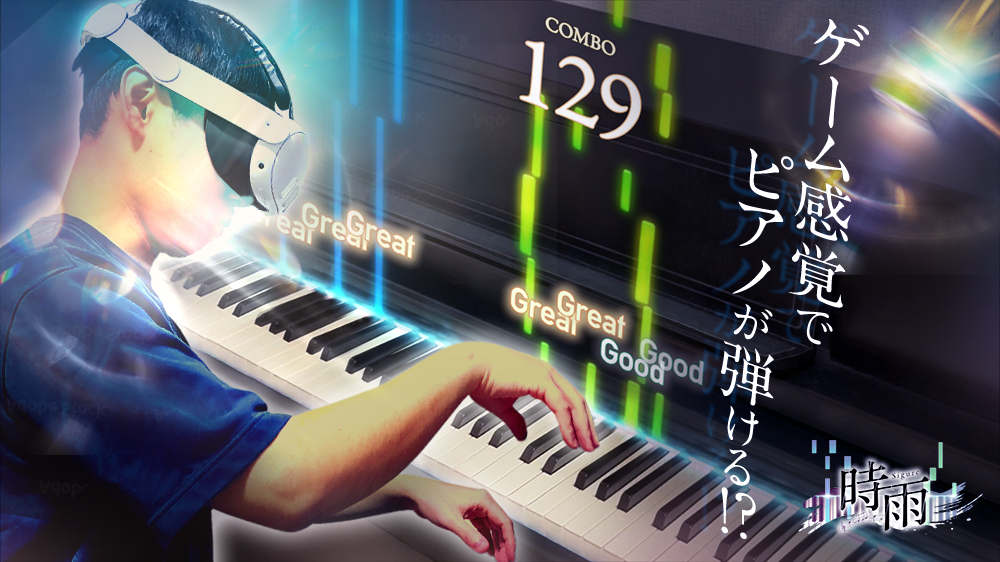
3 Benefits of Blind Touch
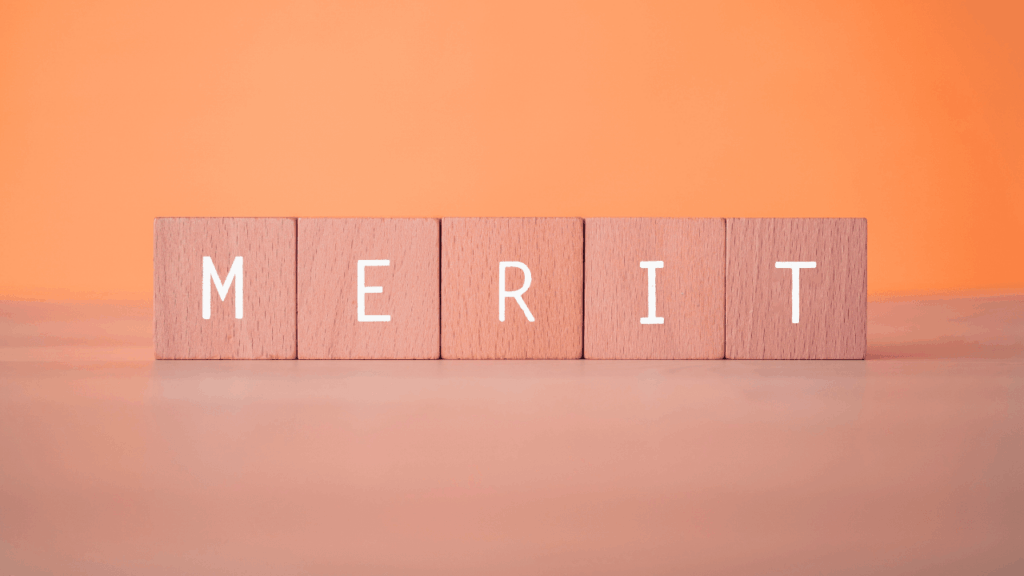
Once you can play piano with blind touch, you can fix your gaze on the sheet music, making reading sheet music dramatically smoother.
It also helps correct the habit of looking down, preventing stiff shoulders and bad posture.
Since you rely on your hands and ears, memorization becomes faster and your expressiveness improves.
- Better focus on sheet music
- Maintain good posture
- Improved memorization & performance expression
How to Practice “Blind Touch”
Play while keeping your eyes fixed on the sheet music.
It’s effective to decide beforehand that “whenever your eyes start to drop to the keys, lift your head up.”
Practicing Blind Touch with Easy Songs
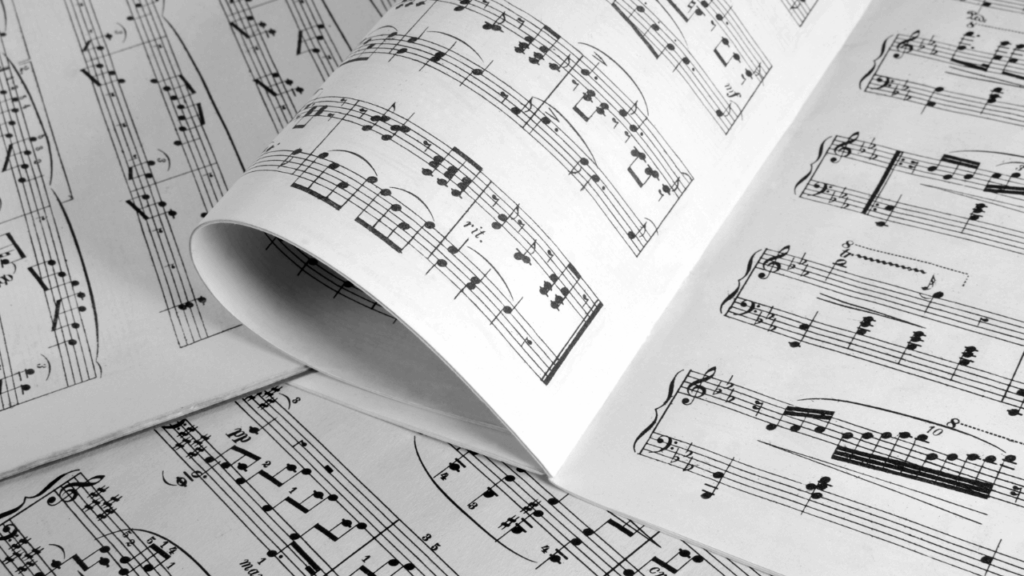
If you want to first develop the sense of “playing without looking at the keys,” beginner-friendly arrangements with a narrow range and simple rhythm are ideal.
We’re also introducing some easy sheet music, so please use it to practice blind touch.
Sensory Training with Familiar Songs

Choose one of your favorite pieces you’re comfortable playing and try to perform it while looking only at the sheet music as much as possible.
If you feel uncertain with certain phrases, it’s okay to glance down briefly, but try not to keep looking for long.
At first, you may make repeated mistakes, but by practicing this way, you’ll develop the ability to navigate the keyboard with your fingers alone.
Key Points for Blind Touch Practice
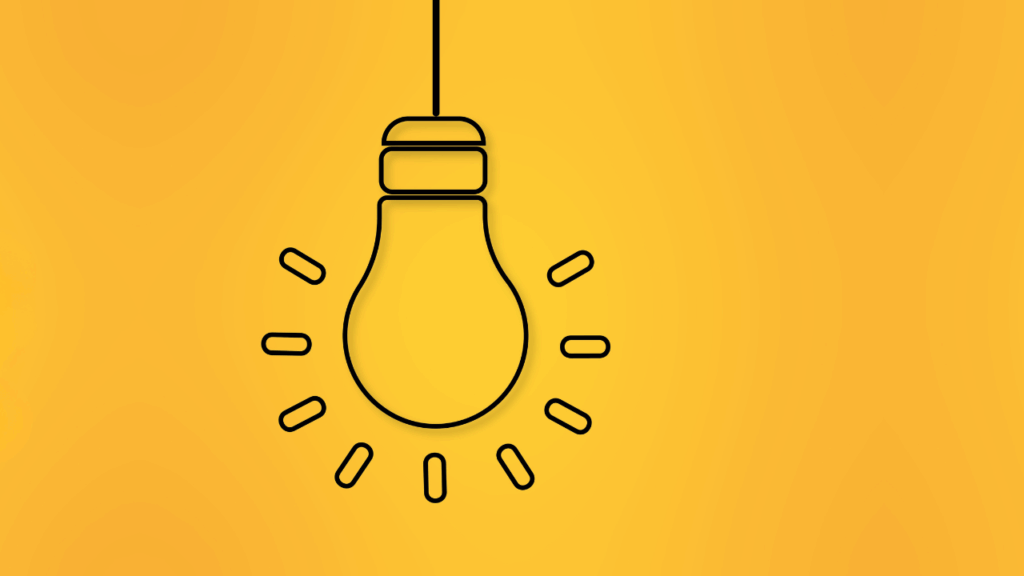
- Always place the sheet music at eye level, keep your head still, and fix your gaze.
- If you make a mistake, don’t look at the keyboard—use your fingertips to find and correct the position.
- When crossing or passing fingers, keep your shoulders, elbows, and wrists relaxed for smoother movement.
- Limit blind touch practice to 20–30% of your total practice to prevent your form from collapsing.
Common Mistakes and Solutions
| Issue | Cause | Solution |
|---|---|---|
| Eyes wandering | Sheet music placed too far or too high | Adjust music stand to eye level |
| Fingers fall between keys | Wrist too low | Raise wrist 2cm → practice feeling black keys with fingertips |
| Chords sound uneven | Lack of familiarity with black key landing points | Train tactile recognition of black keys → repetitive practice |
Why Beginners Should Practice Blind Touch
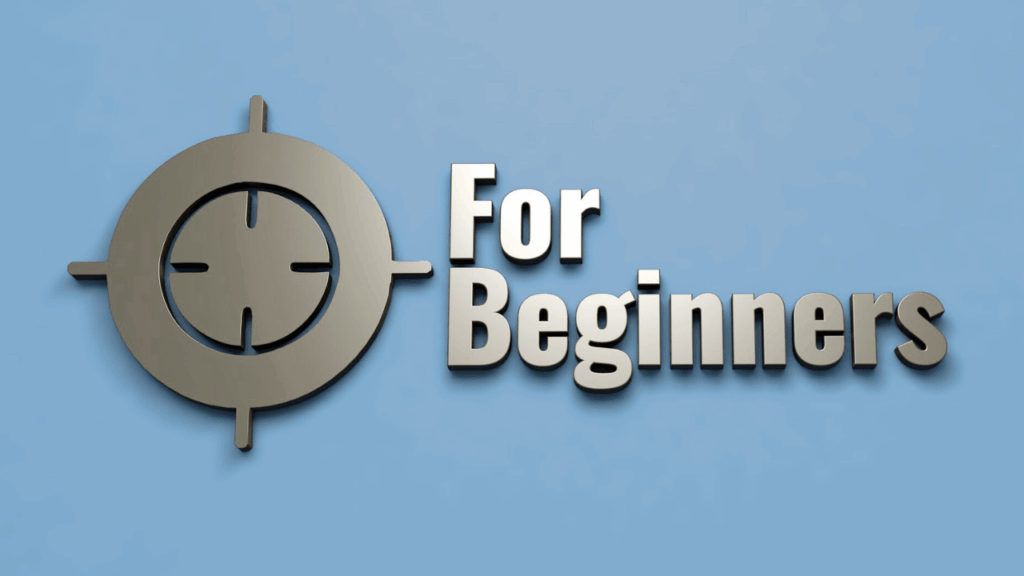
By developing blind touch from the beginning, beginners can learn the correct form before developing the habit of constantly shifting their gaze.
It also improves sight-reading speed, allowing you to learn songs faster and expand your repertoire more easily.
And being able to play a piece smoothly brings a great sense of achievement, boosting your motivation.
- Learn proper form
- Expand repertoire faster
- Boost motivation
Frequently Asked Questions
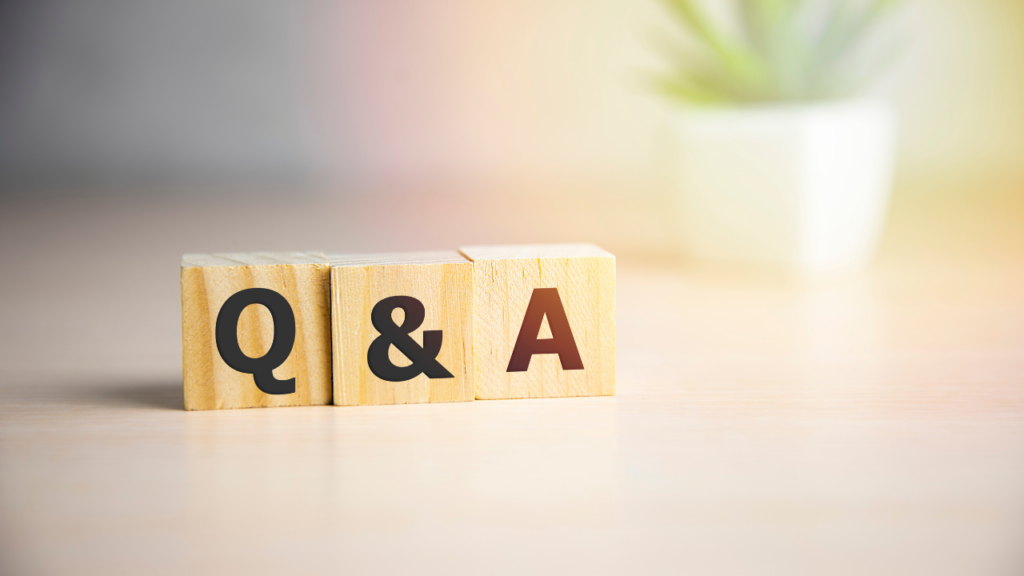
Q. Can I learn blind touch by self-study?
Yes. With daily practice, you’ll get used to it in about 1–2 months.
Q. Is it effective for children?
Yes, but since their hands are still growing, take care. Their sense of touch stabilizes from upper elementary school age and up.
Q. Does it work for pieces with many black keys?
Yes. Black keys can serve as tactile landmarks, and in fact, having more black keys can sometimes make it easier to navigate.
Q. Which scales should I learn first?
C → G → F → D → B♭ in this order, alternating sharps and flats, is the most efficient way.
Summary — Master Blind Touch
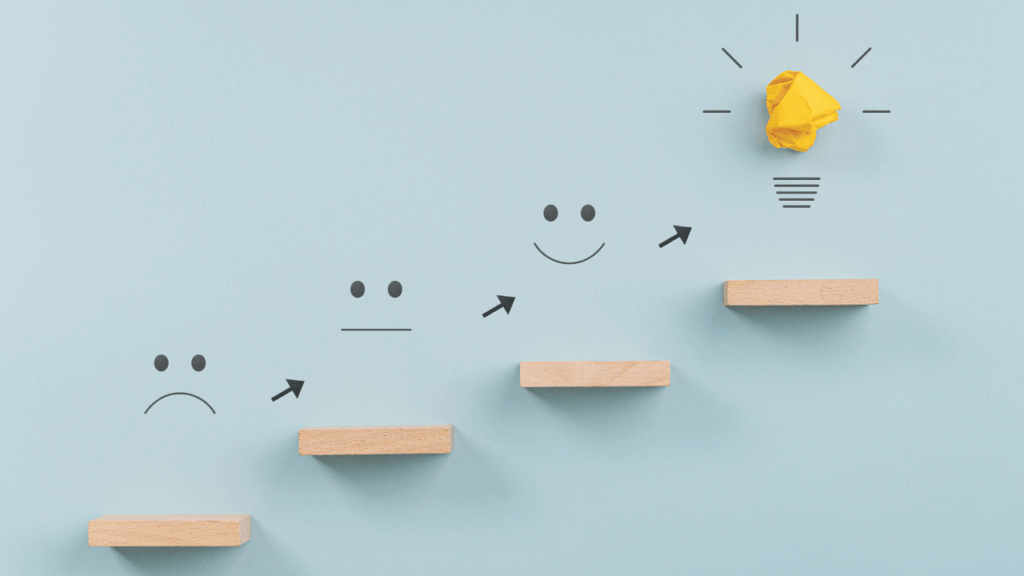
Although blind touch may seem difficult, by learning the home position and the feel of the keys, even beginners can master it with certainty.
Once you develop blind touch, your gaze will stay steady on the sheet music and your posture will improve as well.
It also strengthens both memorization and expressiveness, bringing only benefits—so start practicing blind touch today!

![10 Easy Classical Piano Songs for Beginners [Free PDF Sheet Music]](https://vrpiano.co.jp/wp-content/uploads/2025/06/ピアノ初心者向け-簡単クラシック楽譜10曲【無料PDF】-320x180.png)